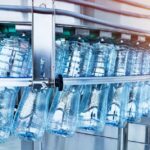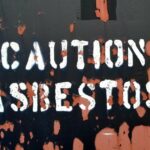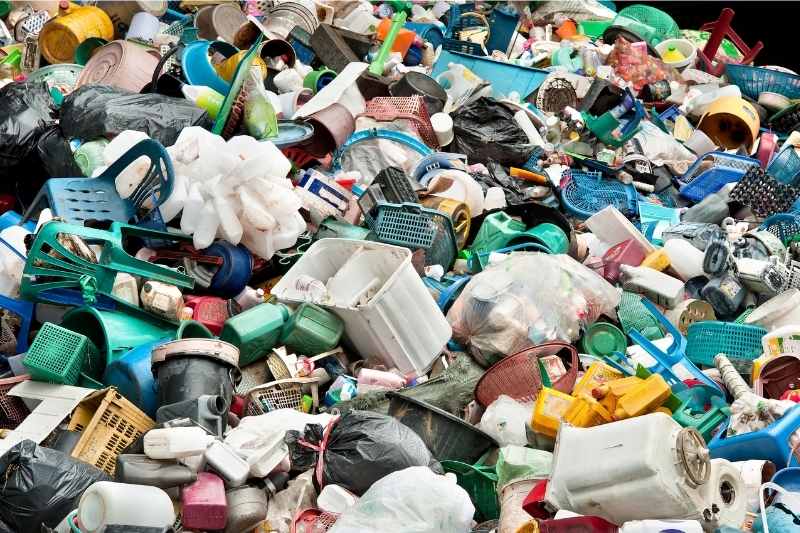Join OPL’s Plastic Free July Challenge and Break Free from Plastic’s Grip
Plastic is pervasive and never decomposes. This month, join OPL’s Plastic Free July challenge and break free from your plastic dependency.
Read More
Select Page
Plastic is pervasive and never decomposes. This month, join OPL’s Plastic Free July challenge and break free from your plastic dependency.
Read More




